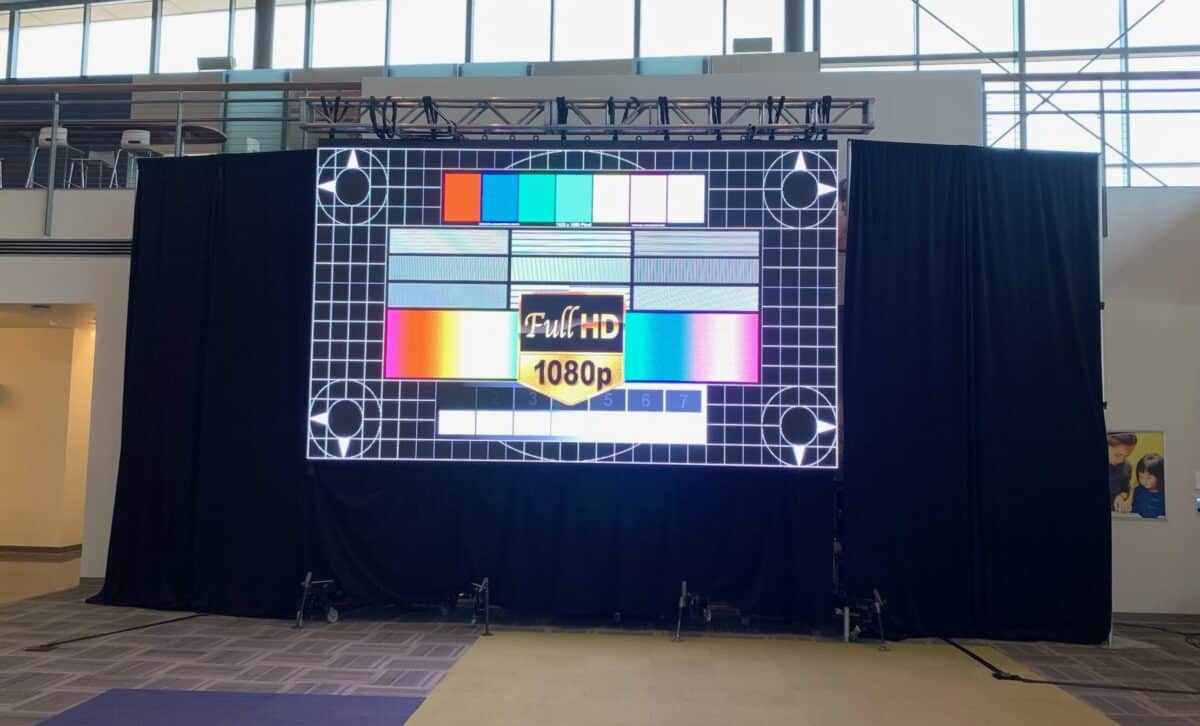Exploring the Effectiveness of Various Light Emitting Diode Wall Adjustment Techniques for Ideal Sight Performance
Wiki Article
LED walls have become progressively favored in multiple settings, including theaters, concerts, and corporate gatherings. These expansive screens provide lively hues and sharp images, making them ideal for visual presentations. However, to achieve the best visual performance, proper calibration of LED walls is essential. Calibration refers to the process of adjusting the display parameters to guarantee that hues, luminosity, and differentiation are precise and uniform. Various tuning methods can considerably influence the overall quality of the visual experience, making it important to investigate the efficacy of these approaches.
One frequent technique for tuning LED walls is manual tuning. This approach involves modifying the parameters by hand, often using specialized tools and software. Specialists typically examine the screen's color accuracy and brightness levels, making adjustments based on their findings. Handheld tuning allows for a high degree of customization, as technicians can tailor the parameters to the particular setting and content being displayed. However, this method can be labor-intensive and demands a skilled specialist to attain best results. Despite its challenges, handheld tuning can lead to remarkable visual performance when done properly.
Another common tuning technique is the use of automated tuning. This approach uses programs and sensors to measure the screen's functionality and make modifications automatically. Automated calibration can conserve hours and reduce the potential for manual mistakes, as the program can rapidly evaluate the display and apply the necessary changes. This technique is particularly useful in environments where the Light Emitting Diode screen is frequently used for different types of material, as it can adjust to various lighting environments and material needs. While automated calibration may not provide the identical level of personalization as manual calibration, it can still provide excellent results for many applications.

A third technique worth mentioning is the use of color calibration tools. These tools, such as color measurement devices and spectral analyzers, assess the hue results of the Light Emitting Diode screen and help confirm that the colors displayed are correct. By employing these instruments, specialists can identify any discrepancies in color reproduction and make the necessary adjustments. This method is especially crucial for uses where hue accuracy is critical, such as in graphic design or film creation. Hue tuning Discover More Here instruments can improve the overall visual performance of LED screens, guaranteeing that the viewers sees the desired colors and elements.
In summary, the effectiveness of different Light Emitting Diode screen calibration methods plays a vital role in attaining best visual quality. Handheld calibration offers personalization but can be time-consuming, while automatic tuning provides speed and consistency. Additionally, color calibration instruments help confirm correct color reproduction, which is essential for many uses. By comprehending and utilizing these tuning methods, technicians can enhance the display encounter for viewers, making LED walls an more effective tool for communication and engagement. As innovation continues to progress, ongoing research and development in tuning methods will probably lead to more improved visual performance in the time ahead.